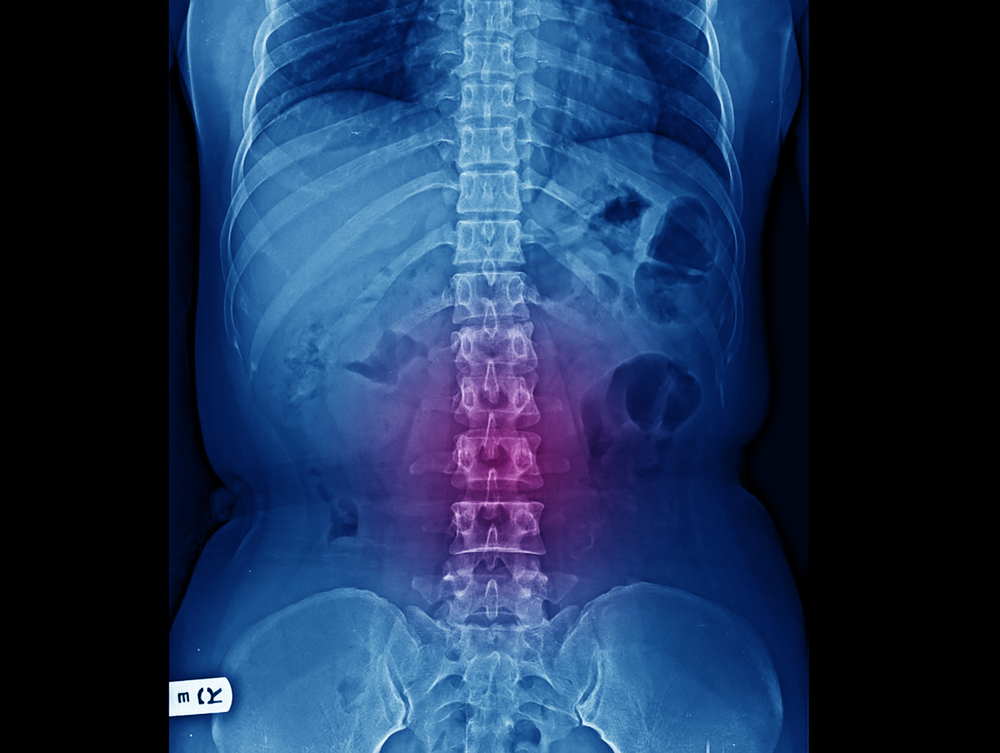Posterolateral lumbar fusion can correct spinal problems involving the lumbar, or lower region of the back, without removing the discs. This surgical technique adapts to the spine by incorporating bone graft material to help support the spine suffering from painful disorders and medical conditions. Posterolateral lumbar fusion can be performed through minimally invasive methods and can be used to treat various lower back conditions that cannot benefit from disc removal.

Why Are Posterolateral Lumbar Fusions Done?
People with any forms of spinal instability in the lower back may recommend this surgery if conservative methods, such as physical therapy, lower back pain medication, and rest, have not provided relief. Those with spinal instability often experience pain, numbness, and muscle weakness throughout the hips, lower back, and legs. Spinal instability can result from various conditions, including:
- Spondylolisthesis: The lower vertebrae slips forward, causing the bones to directly touch and create inflammation in the discs, nerve pain, and back pain.
- Lumbar Canal Stenosis: Caused by back pain or spinal instability, stenosis can pressure the spinal cord and affect the nerves.
- Degenerative Disc Disease: When the discs begin to degenerate, it can cause the nerves to inflame and the bones to rub against one another.
These conditions can cause painful lower back symptoms and are often treated with spinal fusion accompanied by discectomies or disc removal surgeries. However, disc removal isn’t always necessary for a spinal fusion to work and can be performed by removing the pressure causing the pain rather than the entire disc itself. The transverse section of the spinal cord, also known as the space in between discs that contains the arteries, spinal nerves, ligaments, and other spinal tissues, is where the bone graft is placed, allowing there to be a smoother fusion process that avoids removing bone and excess tissue at the surgical site.
How Are Posterolateral Lumbar Fusions Performed?
Posterolateral lumbar fusions are often performed while the patient lies on their stomach and thus are performed in a posterior position. To successfully perform this treatment, the surgeon follows these steps to ensure proper spinal fusion:
- The surgeon will make a small incision along the back vertebrae, with the incision’s size depending on the type of surgery performed and the use of the instrument. For traditional open lumbar fusions, incisions run between 3 and 6 inches, while minimally invasive procedures work through 3 centimeters.
- Next, the muscles will be dilated to access the spine, with the lamina removed to visualize the affected nerves at the surgical site. If needed, nerves will be treated to provide more space for the bone graft.
- After, the bone graft will be placed between the discs in the back of the spine, with devices such as screws and rods installed to stabilize the bone graft.
- Once properly installed, the incision site will then be closed. Recovery for this treatment takes in between 3 to 6 months, with gradual healing overtime.
For more information on Posterolateral lumbar fusion procedures and other treatment options that can help heal your lower back, please visit Dr. John Czerwein’s office in North Scituate, RI, to schedule an appointment and discuss treatment plans.

